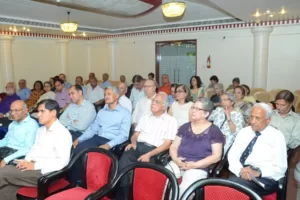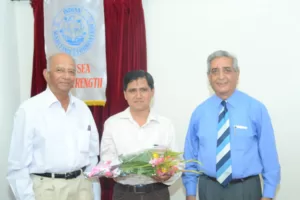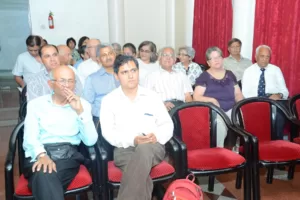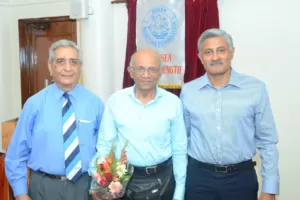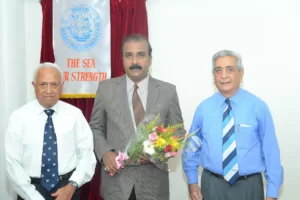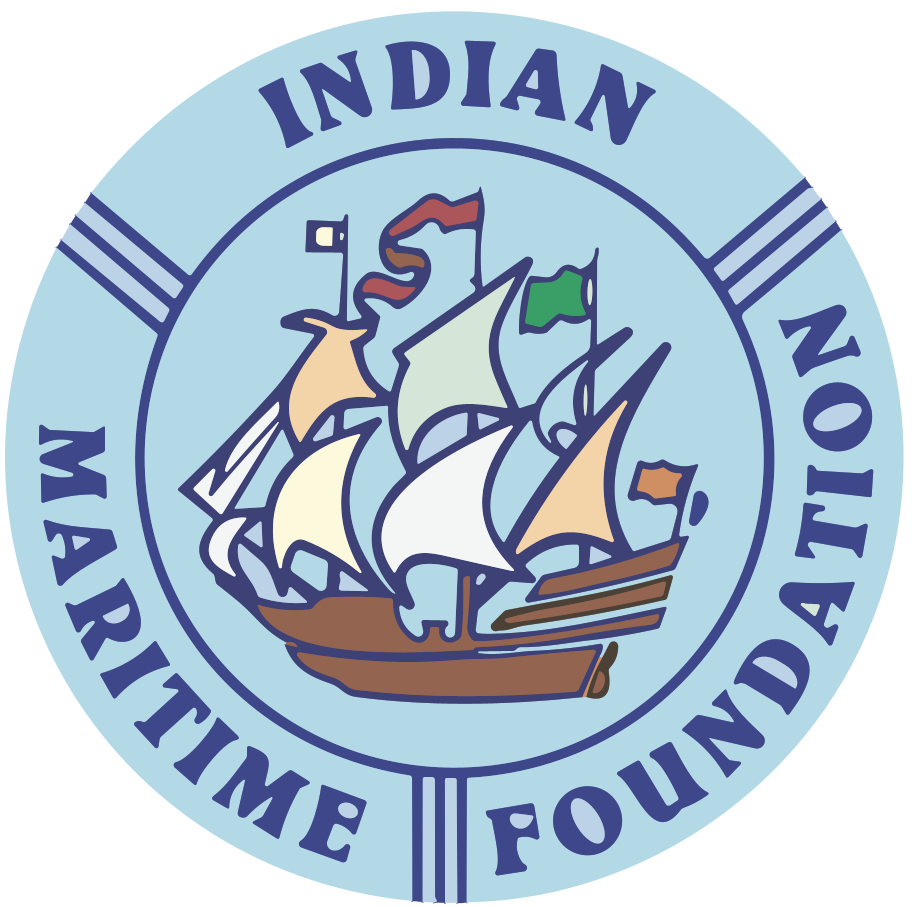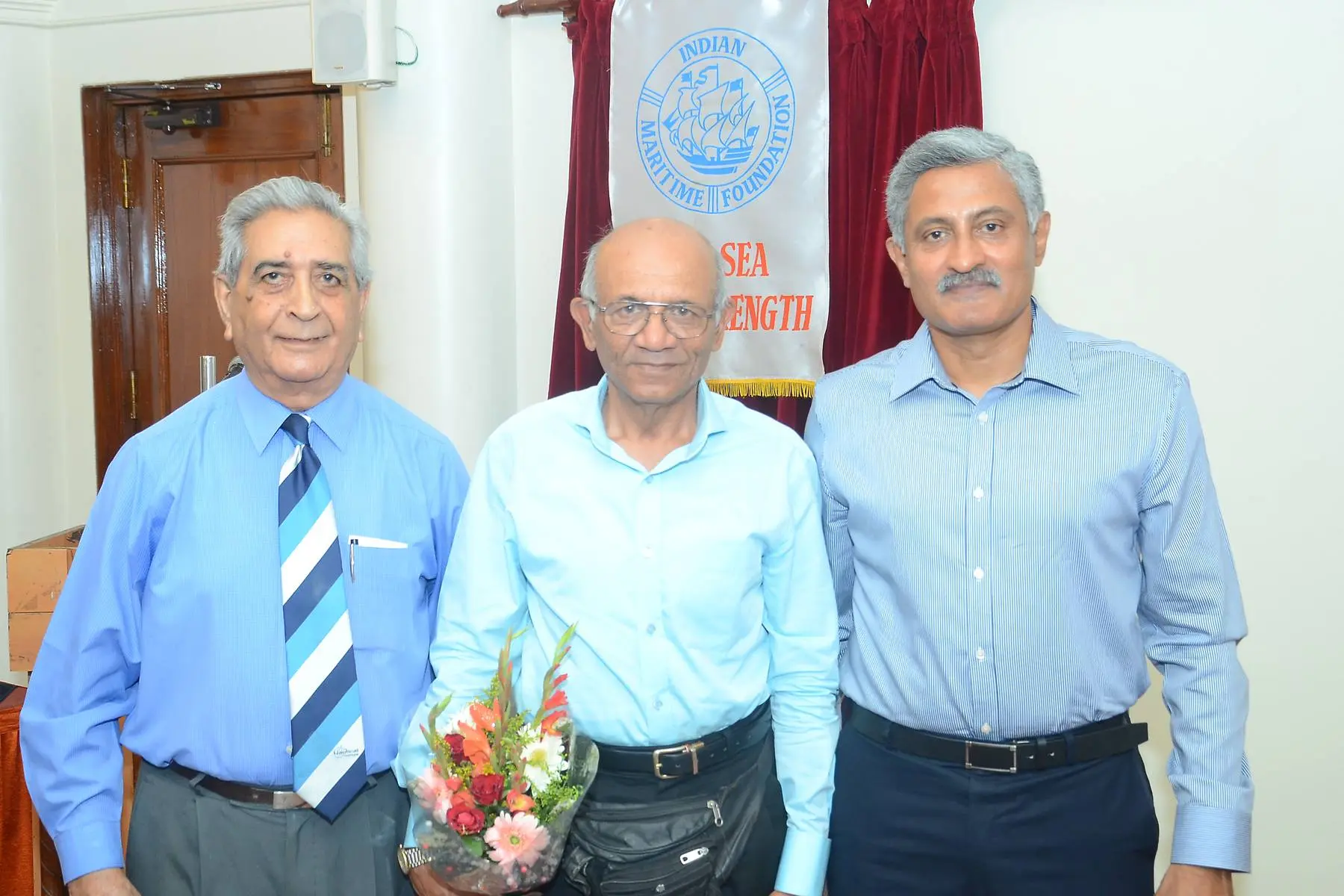
IMF Remembers Valour of Indian Soldiers in WW I
In the ongoing events taking place around the world as well as in India since last year in remembrance of the First World War (1914 -1918), the IMF commemorated the Landings at Gallipoli by the screening of the acclaimed film “Gallipoli” on 24 April, exactly a century after the landings commenced at the Turkish peninsula.
This was the second such event organized by the IMF, the first was the screening of “All Quiet on the Western Front “ last October and reported in an earlier issue of Seagull. Indian Army units served with honour in the North Western flank of the Gallipoli peninsula in Turkey as a joint force with the Australian and New Zealand Army Corps (ANZAC) from August 1915 inwards. Sadly, in most accounts, there is only a passing mention of their contribution in the campaign and they have been robbed of their place in history.
The approx 4800 strong contingent of the Indian Army was represented at Gallipoli by the 7th Indian Mountain Artillery Brigade, the Indian Mule Corps, a medical establishment, and the 29th Indian Infantry Brigade. It shared the travails and vicissitudes of the ANZAC Corps from the day of their first landing on 25 April 1915 to the final evacuation in Dec 1915. No account of the Gallipoli campaign can ignore the contribution of the 14th Sikhs in the third Battle of Krithia or the 1-6 Gurkhas in the Battle of Sari Bair.
The film Gallipoli, directed by Peter Weir, in which Mel Gibson and Mark Lee give an electrifying performance as two Australian patriotic young army enlistees who are drawn into the ill-planned and disastrous battle at Gallipoli during World War 1, was well attended.
Before the film, the grandsons of three World War 1 veterans who were special invitees were felicitated and bouquets were presented to them by three IMF members present. They recounted the role played by their ancestors on the battlefields of the Western Front in Belgium and France, in Mesopotamia, Egypt and in Turkey.
The President of IMF, on behalf of the Foundation and all those present, paid tribute to the Indian Army soldiers and Indian merchant seamen who served and fought in the First World War. 1.3 million Indian soldiers served in all theatres of war; our seamen sailed onboard British merchant ships carrying troops, munitions and food in all the oceans threatened by war. Of them, 70,000 soldiers and 1841 seamen were killed in action, sacrificing their precious lives in the service of our country; another 70,000 soldiers were wounded in action.
By their gallantry in the face of the enemy in the horrific war, Indian Army personnel won several awards, including 12 VCs and they made our nation and our Army proud. And not known to most of our countrymen, so did our merchant seamen, with names of all who were killed, inscribed at the war memorial at Tower Hill in London, as well as mentioned at the seamen’s war memorial built by IMF at Pune. Also not known by most people, the names of all soldiers killed in the First World War are inscribed at the War Memorial at Rajpath in Delhi, popularly known as ‘India Gate‘.
Of all the tributes paid to the Indian Army, there is none more poignant and heart-warming than the one by Marshal Ferdinand Foch, Commander of the Allied Forces in France in WW 1, while referring to the fierce battle in 1915.
He said, “The Indian troops were thus among the first to show the way to a victorious offensive. It is only right that a memorial should perpetuate the glorious memory of officers, non-commissioned officers, and men of the Indian Army at the very spot where later on a general attack by the Allied troops was to bring the decisive victory in sight. Return to your homes in the distant, sun–bathed East and proclaim how your countrymen drenched with their blood the cold northern land of France and Flanders, how they delivered it by their ardent spirit from the firm grip of a determined enemy. Tell all India that we shall watch over their graves with the devotion due to all our dead. We shall cherish above all the memory of their example. They showed us the way, they made the first steps towards the final victory. “
It was a historic moment in April 2015 when on his state visit to France, Mr Narendra Modi. The Prime Minister of India, accompanied by the Prime Minister of France, laid a wreath at this very war memorial at Neuve Chapelle near Lille, in memory of Indian soldiers killed on the western front in WW1.
Earlier in 2015 on his state visit to Australia, Mr Modi accompanied by the Prime Minister of Australia, laid a wreath at the Australian War Memorial in Canberra and remembered the Indian soldiers killed at Gallipoli who fought alongside the ANZAC troops one century ago.
